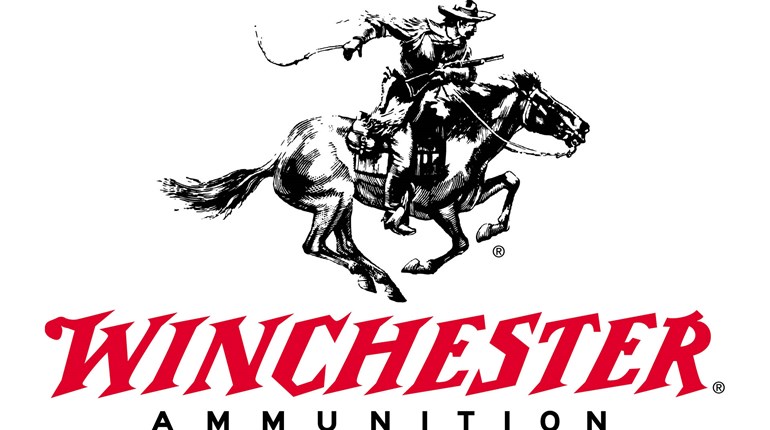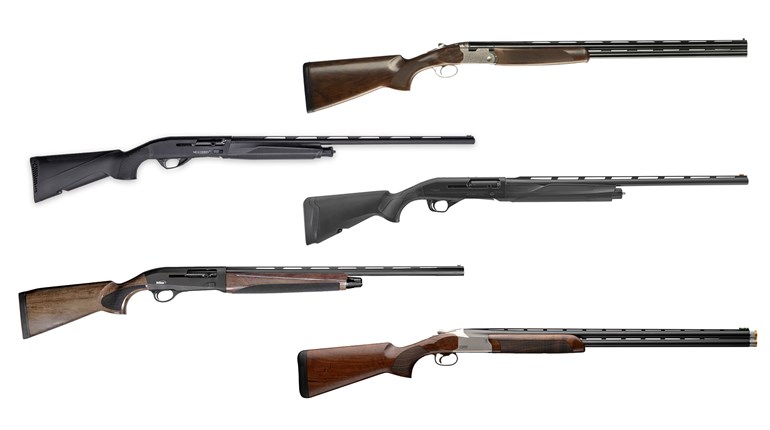
“New Zealand!?” She made it sound a lot different than when I said it.
“Why go to the other side of the world to hunt deer? Why not just kill these deer out here?” Zero to cross-exam in 22 words, “here” being our back yard, scene of serial whitetail vandalism.
I fumbled, then went with, “It’s different. The deer there are different. And New Zealand is, uh, … .”
■■■
The fact is, before stepping off Air New Zealand Flight 5 non-stop from Los Angeles, I knew little about that faraway place. Soon I learned the sun in big-city Auckland was hot, that palm trees lined the walkways and the airport crowds were typically diverse, except for more Polynesians. Then Air New Zealand Flight 643 ferried me to the country’s South Island, which, I could see from my window seat, is mountainous, rugged, largely wild. Until we arrived at Queenstown, the human presence seemed confined to hamlets where alpine valleys met lakes or coastal inlets. The southern city basked in a mild autumn day, its air smelled sweet, Lake Wakapitu sparkled, mountain peaks towered all around, and bicyclists dodged cars driving on the wrong side of the road. The houses and apartment blocks were landscaped with flowers, tidy lawns and sculpted shrubbery. That evening, my partners and I crossed the water in a floating taxi to a busy restaurant where I ordered mixed seafood fresh from the lake and nearby South Pacific. New Zealand appeared to be … pretty darn nice.
One more hop was required to get to the deer, this time by pickup. The driver, a red-faced Kiwi (as New Zealanders are called) named John Ellem, took to the backroads through farmland and historic villages—including a stop at a well-stocked gun shop—on the way to our destination, Wanaka, fronting on a picturesque lake of the same name. There were sheep enough for an insomniacs’ convention, cattle, horses, vineyards and harvested cropfields. Camp was a spacious, modern, single-story guesthouse tucked into an upscale subdivision where our hosts from Cardrona Safaris pamper their guests in such style that I had to pinch myself.
■■■
Amenities aside, we had come for the deer.
Imported from the UK in the mid-1800s, New Zealand’s red deer, have attained a kind of holy-grail status among trophy seekers because the stags’ antlers grow to proportions seen nowhere else. The vertical mass, profusion of points (20 to 30 is not unusual) and well-defined crowns make them unlike any other antler formation.
That was obvious with the first ones we spotted. A troop of eight to 10 stags was strung out along a gentle grade that ran into a creek bottom, and every one topped those I’d previously encountered in Argentina and Europe. Wow!
We had just come from the sight-in range where our Browning and Winchester rifles proved ready for action. Not coincidentally, we planned to shoot Browning ammunition in the X-Bolts and Winchester ammunition in the M70s. Brett Flaugher, who heads up Olin Winchester and is instrumental in both ammo brands, assured us we’d do fine with the .30-06 on the 500-pound red deer thanks to the controlled-expansion BXC bullet they’d developed for heavy game. The groups we were getting did even more to convince me our gear was right.
And so the sight of those stags had me doing the 2+2, but John Ellem, assigned to guide Browning’s Travis Hall and me, was in no hurry to get down to business, and so I relaxed. Steep hills, mostly blanketed in grass, loomed in all directions, and it was enticing to wonder what we might ultimately encounter on the sprawling former livestock “station.”
But as we headed in at dusk, opportunity knocked. A group of fallow deer was feeding in a low spot, including one absolute bruiser whose long beams supported paddles as wide as frying pans. It so happened that I had chosen fallow as my second game animal, and first day or no, this was not one to pass up. My attempts to slink out of the UTV and ease into a stalk were such that the deer were about to bolt. That left me a clear going-away shot, one that is lethal when placed correctly and when the hunter is shooting deep-penetrating ammo. Confident on both counts, I fired, and indeed my shot anchored the big buck where he stood.
■■■
Like nearly all mammals now living in New Zealand the deer are transplants. Scientists say only bats preceded man, and human settlers came with dogs, rats, rabbits, domestic livestock, and eventually game animals.
In a land devoid of natural predators and with limited hunting pressure, red deer thrived to the point where the New Zealand government was paying contractors to cull them from helicopters. That got sorted out about 40 years ago when landowners realized that big game animals could be a valuable resource, especially king-sized red deer that would attract sportsmen from around the globe. Today, a well-developed outfitting industry caters to visiting hunters. While most of the hunting and adventure tourism occurs on the South Island, red deer can be found throughout the country, sharing areas with other introduced game like wild hogs, fallow deer, sika deer, wapiti (elk) and even some whitetails. Higher elevations hold mouflon and Himalayan tahr. Hunting plays a primary role in managing these animals, and the long-term result is that visiting and resident hunters now have ample opportunities to fulfill their ambitions.
Based on trophies displayed in castles and country homes across Europe, it appears the hunters there prize red deer the way we prize North American elk, and it’s fair to compare the two since they were once thought the same species, Cervus elaphus. Eventually taxonomists acknowleged the obvious fork in that family tree. Where our prize C. canadensis bulls are tall and lanky, with pale hides and stately, uncomplicated antlers, the Old World deer is more compact, red-brown and gifted with antlers that tend to be massively thick and spiny, if shorter than their cousins’. Where our guy vocalizes breeding intent with piercing bugles, theirs issues a gruff, guttural roar.
John Ellem was “in the roar” too, armed with a foot-long wooden tube that enabled him to mimic the rutting stags. John’s roars were pretty fierce, but also reminded me of a bawling heifer. He got a few callbacks our first frosty morning deep in the station’s hills, though none of the challengers came in looking for a fight.
One respondent was a solo deer threading heavy cover as he climbed the slope of a distant hill. He roared back a few times but kept walking away, and it was clear we’d never catch up.
My partner Travis is a Utahn accustomed to spotting game a long way off and proved adept at doing so. At midday, we watched a gang of five big fellows resting in a grassy swale, then a few more traveling a ridgeline. One of the ridge runners “looks bloody good” but “maybe has short beams,” said Ellem. Later he would “forget” saying that, perhaps because he and Travis debated going after that stag all afternoon. Truth is, they were bro-bonding, two live-it/breathe-it hunters in a hunter’s paradise. Travis said the Wanaka hills looked like his home turf in the Rockies, where he hounds mule deer and elk. One of the younger shooting-industry CEOs, Travis is a guy with zero-pretense about grubbing for his game.
With barely enough daylight to get it done, we hustled uphill then sidehill, mostly lacking visual contact with the “bloody good … short beams” stag. That fellow and his companion had in fact moved a bit, and so after closing the gap, Travis shot true. It was his first kill with the new Browning ammo, a one-shot deed with the .30-06 BXC.

Then came a reckoning. This stag wasn’t just “bloody good,” it was bloody incredible. Instead of crowns of points atop its beams, each side was practically a giant crown unto itself, and those beams were as thick as the barrel end of a baseball bat. Short? Eh … maybe, but so massive it was hard to maintain perspective. Sweating from our climb and the thrill, we bumped fists and ruddy-faced John celebrated with a Rockettes-style half-kick.
In rather short order, our partners Brett and Anthony also scored, and their trophies were unique and as awe-inspiring as Travis’. Those guys had been pounding the ridges with a guide, who, unlike ours, seemed more determined to go to the stags than to get them to come. But in the end, the deer more or less did come their way, one right after the other. Like us, both guys were shooting X-Bolt HCS rifles, also firing the .30-06 BXC load.
Anthony’s stag hit the ground almost immediately. Brett’s dropped as well, but did so vanishing into heavy cover in a deep ravine. An hours-long search failed to turn up the animal, and so John, Travis and I lent a hand by glassing from the opposite side. Luckily Travis managed to spot the injured stag not all that far from where it disappeared, and then signaled our friends to where they could finish it off. Brett’s first shot had hit a bit high just as the stag turned, but his follow-up was on the money.
Finally the stag baton was all mine, and with a last name like Zent, I’m no stranger to bringing up the rear. This time it wasn’t a matter of luck or waiting my turn, but maybe was an example of Einsteinian insanity. We had been spotting 20 to 30 big stags a day, all of them magnificent. However, John was ambivalent and so, I was too. Actually I was nuts. Every one of them sported 400 or more inches of antler and in terms of scoring, a few might have rivaled my best elk and best whitetail combined.
That changed when we ventured into an area where none of us had been hunting. To get there, we had to drive through a grove of giant redwood trees, non-natives, perhaps planted long ago in what likely was an early farmstead.
Having tagged out, Brett was along for the ride, and not far past the last gate, he spotted a worthy candidate bedded against a tree trunk. Our only play was to keep driving and hope the stag held tight. After dropping over the next hill, Ellem and I exited his UTV, circled to get the wind and then crawled within 130 yards of the bed. The stag hadn’t budged. It was my first good look, and I liked the longish beams and lower points, even if this rack lacked the abundant tines the others possessed. What I really enjoyed was the stalk, and when the animal stood, the predator in me took over. My shot provoked a double-leg kick, followed by a short sprint that ended when I fired again. The stag may not have been the biggest one I saw, but was every bit of magnificent.
■■■
Our group had journeyed to the other side of the world with high expectations—and exceeded them. By our nature, hunters are driven to see what’s on the other side—the other side of the hill, the forest, the marsh or the world—and I bet virtually everyone reading these words understands that concept. This time we found a scenic land, people with whom we have much in common and jaw-dropping game. Speaking strictly for myself, I came back more obsessed than ever to keep looking for the other side.





































